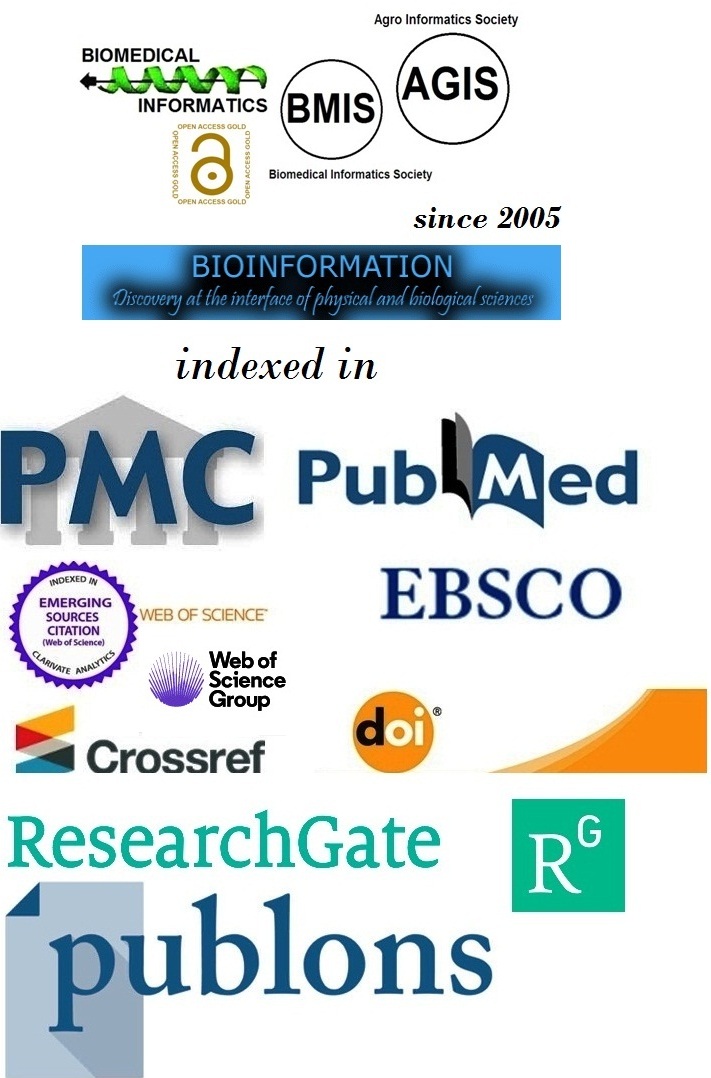Title
Comparison of condylar inclination angle in edentulous subjects: CBCT versus protrusive interocclusal record
Authors
Priyanka Chopra1, Kavipal Singh1,*, Nimish Sethi1, Balwinder Singh2, Neelam Suman1 & Ramninder Bawa1
Affiliation
1Department of Prosthodontics and Crown and Bridge, Sri Guru Ram Das Institute of Dental Sciences and Research, Sri Amritsar, Punjab, India; 2Department of Oral Diagnosis, Oral Medicine & Radiology, Sri Guru Ram Das Institute Of Dental Sciences and Research, Sri Amritsar, Punjab, India; *Corresponding author
Priyanka Chopra - E-mail: priyankac.sales@gmail.com
Kavipal Singh - E-mail: drpriyanka.chopra86@gmail.com
Nimish Sethi - E-mail: nimishsethi@yahoo.co.in
Balwinder Singh - E-mail: dentalmanuscript@gmail.com
Neelam Suman - E-mail: docneelam5@yahoo.com
Ramninder Bawa - E-mail: ramninderbawa@gmail.com
Article Type
Research Article
Date
Received August 1, 2025; Revised August 31, 2025; Accepted August 31, 2025, Published August 31, 2025
Abstract
Horizontal condylar guidance angles obtained using two different methods: the clinical protrusive interocclusal record method and the radiographic method using CBCT (Cone Beam Computed Tomography). The key issue is the observed significant differences in the condylar guidance angles measured by the clinical method and those measured radiographically, with the radiographic measurements being consistently higher than the clinical ones. A total of 25 completely edentulous individuals were included, with condylar guidance angles measured clinically using the protrusive interocclusal record method and radiographically through CBCT in two formats. Results showed significant differences in the angles between the methods, with radiographic measurements being higher than clinical values. Strong correlations were observed between the clinical process and the CBCT panoramic and cross sectional views. The study concludes that CBCT measurements provide more precise condylar guidance angles than the protrusive interocclusal record method.
Keywords
CBCT, condylar guidance, cross-sectional view, panoramic view, protrusive interocclusal record
Citation
Chopra et al. Bioinformation 21(8): 2664-2668 (2025)
Edited by
Ritik Kashwani
ISSN
0973-2063
Publisher
License
This is an Open Access article which permits unrestricted use, distribution, and reproduction in any medium, provided the original work is properly credited. This is distributed under the terms of the Creative Commons Attribution License.
